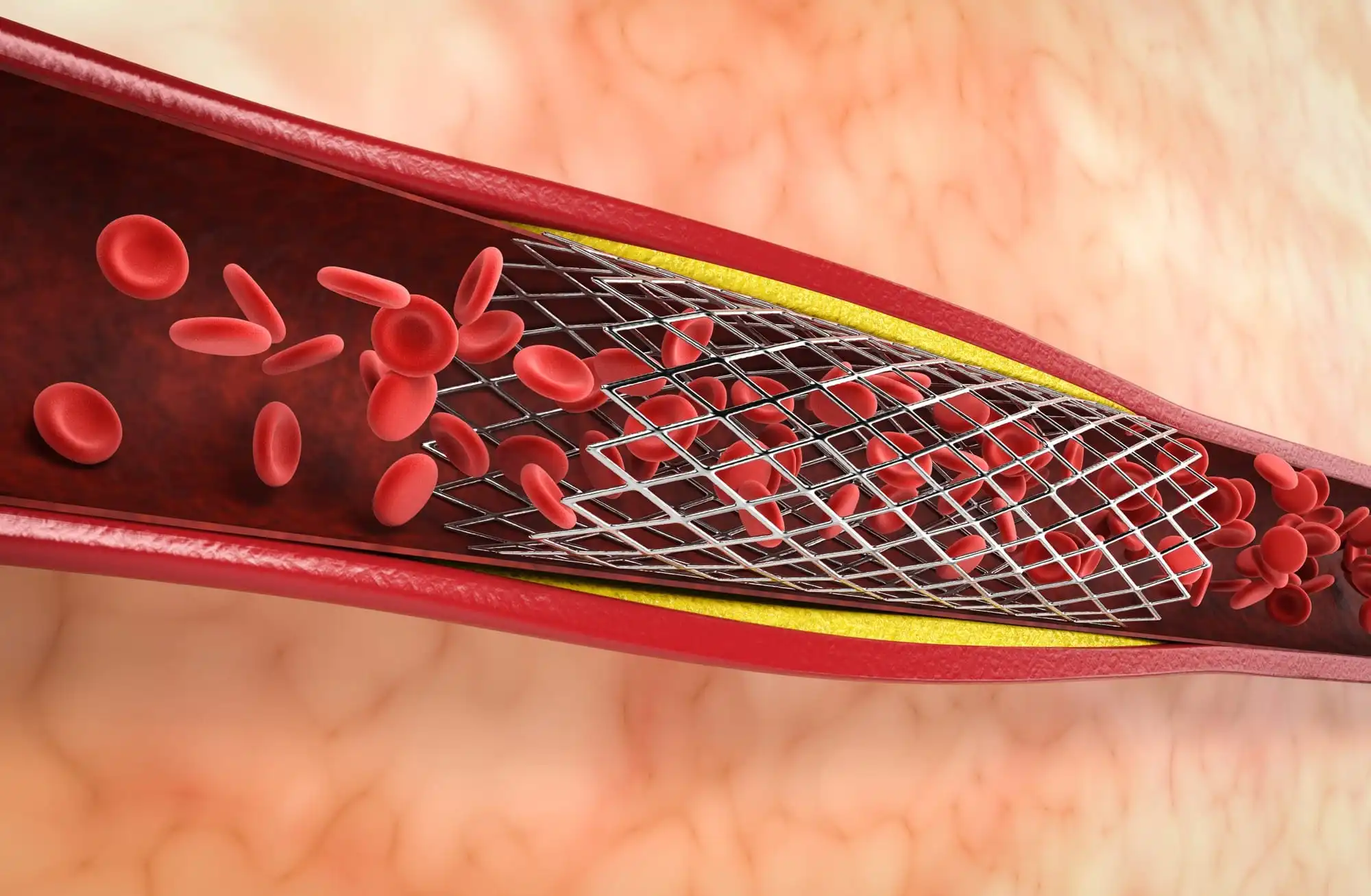There are many different birth control methods available. Vasectomy and tubectomy, however, are two of the most widely used procedures. Despite their apparent similarity, they differ significantly.
This post examines these processes in more detail, including the difference between vasectomy and tubectomy. So let’s start!
Vasectomy
What is a Vasectomy?
Male birth control that lasts a lifetime is a vasectomy. The vas deferens, which transport sperm from the testicles to the penis, are surgically cut or blocked during this procedure.
How Does it Prevent Pregnancy?
While a man can get an orgasm and ejaculate, there won’t be any sperm in the semen, making it impossible to fertilise an egg in a woman and induce pregnancy.
What is the Procedure of Vasectomy?
A vasectomy procedure usually takes 30 minutes and is performed in a medical office or clinic. A local anaesthesia will be used to numb the region before the doctor makes one or two tiny incisions in the scrotum. The vas deferens will then be blocked or severed, and the ends will be sealed. Because the incisions are so small, there is no need to use stitches, and doctors allow them to heal naturally.
What are the Side Effects of Vasectomy?
Of course, there are potential vasectomy side effects like there are for any medical operation. During or after the procedure, some men may experience pain or discomfort, but this is typically brief. There is a slight chance of infection or bleeding, but these issues are equally uncommon.
Tubectomy
What is Tubectomy?
It is an easy and effective method that stops women from becoming pregnant by closing the fallopian tubes.
How Does it Prevent Pregnancy?
Tubectomy implies that even if sperm fertilises an egg, it cannot implant in the uterus and result in pregnancy.
What is the Procedure for Tubectomy?
The tubectomy procedure is often outpatient and may be performed under short general anesthesia. To reach the fallopian tubes, the surgeon will create a tiny incision in the belly or utilise laparoscopy. The tubes will then be cut, sealed, or tied to shut them.
What are the Side Effects of Tubectomy?
While it’s a relatively simple and safe procedure, it is crucial to be mindful of the potential tubectomy side effects. Following the process, some women may experience cramps, abdominal discomfort, and pain. Complications such as haemorrhage, infection, or impact on other organs may occur in rare circumstances.
Difference Between Vasectomy and Tubectomy
If you, along with your spouse, do not wish to have children, you can choose either treatment. Here are the significant 5 differences between vasectomy and tubectomy.
| Criteria | Vasectomy | Tubectomy |
|---|---|---|
| Meaning | A surgical method of male sterilisation in which a little piece of the sperm duct is removed and appropriately tied separately. | A surgical method of female sterilisation in which a tiny part of the oviduct is knotted. |
| Incision | A small incision in the scrotum is made. | A small incision in the abdomen is made. |
| Gender | Performed for men. | Performed for women. |
| Prevention | Prevents the release of sperm during ejaculation. | Prevents eggs from reaching the uterus. |
| Procedure | Involves cutting or blocking the vas deferens. | Involves cutting or blocking the fallopian tubes. |
Things to Consider When Deciding Between Tubectomy and Vasectomy
When you’re trying to decide between getting a vasectomy or a tubectomy, there are several things you should keep in mind. These include:
- Effectiveness – Vasectomy is slightly more effective.
- Reversibility – Vasectomy is easier to reverse, but it’s not guaranteed.
- Complexity – Vasectomy is generally less invasive, with a quicker recovery time.
- Risk Factor and Side Effects – Both carry some risks, but vasectomy can cause scrotal discomfort.
- Cost – Vasectomy is usually less expensive.
Apart from all these factors, your personal preference also matters. Thus, it’s always a good idea to discuss these factors with your healthcare provider to figure out which option is best for you.
Keep track of your medical history and stay in control of your health. Sign up now on Health-e and simplify your healthcare experience.





